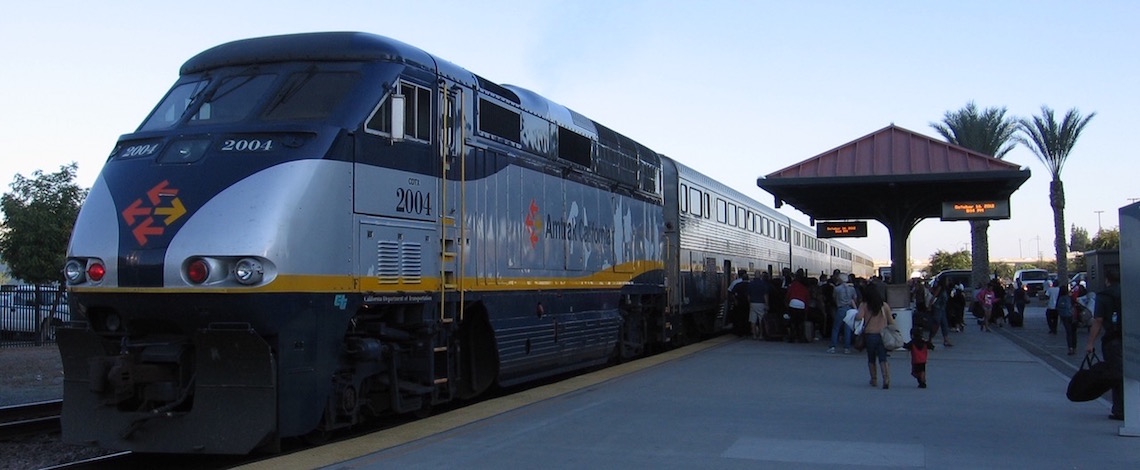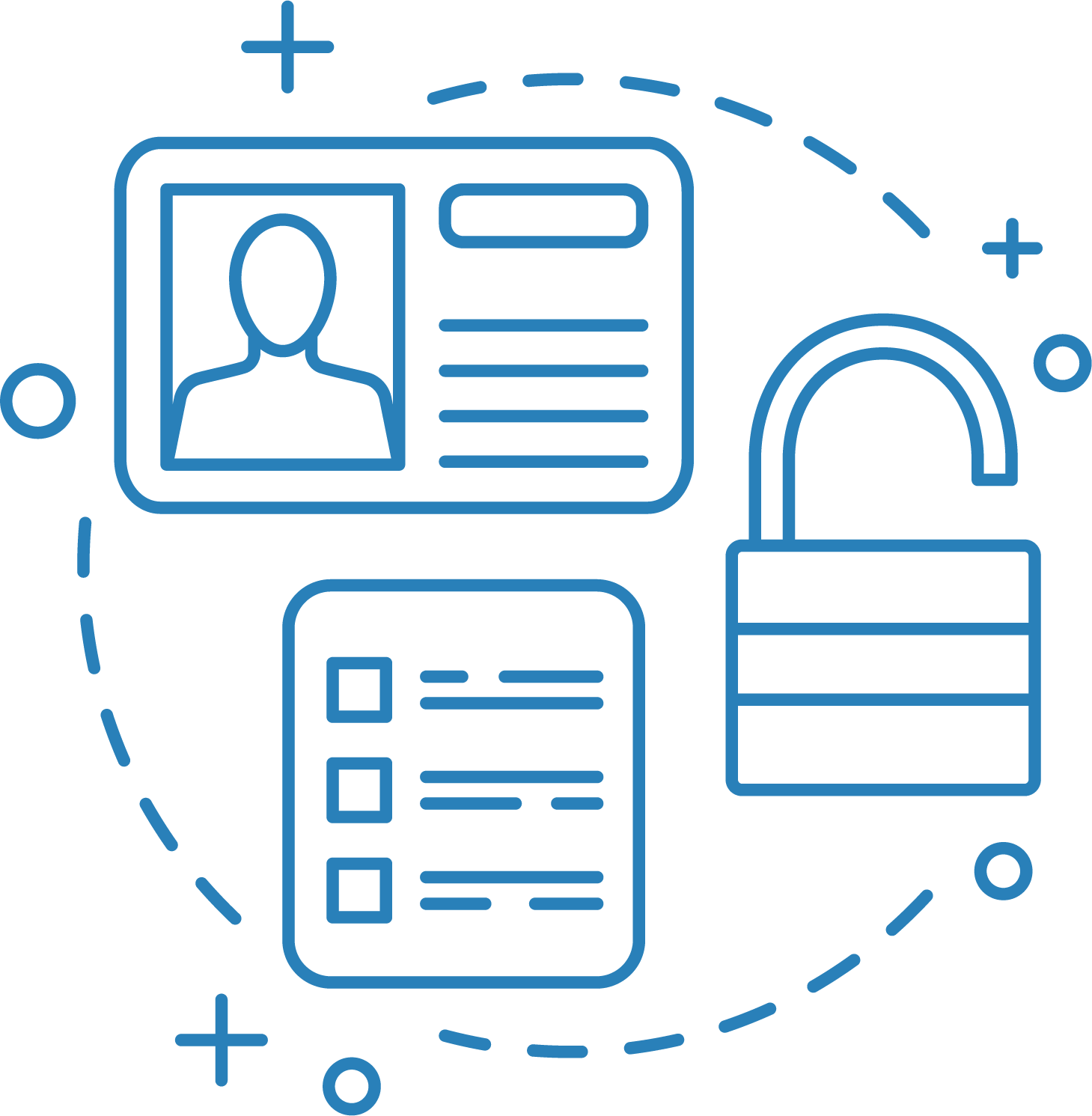
Written by
Amtrak San Joaquin has made changes to its fee schedule that could save passengers money and allow them to change trains without incurring added costs.
On Monday, the quasi-public passenger train system ended “revenue managed” ticketing — fares fluctuating based on when tickets were purchased and the number of people already booked on trains.
“Amtrak San Joaquins will have one fare for each station pair, no matter when or
through what channel a passenger purchases a ticket,” states a press release from the San Joaquin Joint Powers Authority, which initiated the change.
“The past revenue management policy discouraged impulse travelers and disproportionately impacted riders purchasing tickets at stations. The new one-fare policy will increase the equity of the ticket-purchasing experience and benefit passengers immediately,” it continues.
Railroad officials noted there will be exceptions for tickets purchased for peak travel times, including holidays, and tickets purchased aboard trains.
In addition, the railroad system has cancelled “reserved ticketing,” a system that charged passengers if they traveled on different trains or on different dates from the ones listed on their tickets.
“If the reservation needed to be changed, the passenger needed to do so ahead of his/her
departure time and potentially incur change penalties. With the new policy … If plans change or a meeting runs long, the passenger can travel on another train/bus or date, as long as he/she travels between the same origin and destination on the ticket,” the press release states.
These fare policy changes put Amtrak San Joaquins rail system in line with the ticketing policies of the other two California intercity rail corridors — the Capitol Corridor and the Pacific Surfliner.
“These changes to our fare policy are passenger focused and will result in a simpler passenger experience,” David Lipari, marketing manager for SJJPA, said in a written statement. “We want passengers to not worry about pricing fluctuations or undue ‘sold out’ situations. Our hope is for passengers to think of train travel as an easy travel experience, from the process of purchasing a ticket to the disembarking at their destination.”








